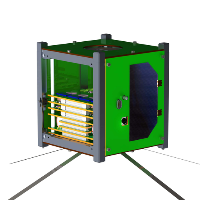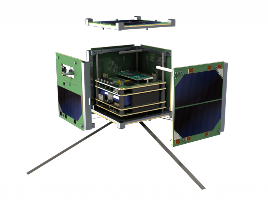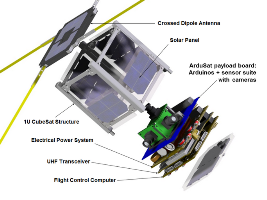| Satellite name | SpaceTeamSat1 (STS1) |
|---|---|
| Spacecraft type | CubeSat |
| Units or mass | 1U |
| Status | not launched, expected in 2025 |
| Launcher | Isar Spectrum |
| Organization | TU Wien Space Team |
| Institution | University |
| Entity | Academic / Education |
| Headquarters | Austria |
| Oneliner |
Give pupils in Austria the possibility to run self-developed software on the educational payload of the satellite. |
| Description |
Give pupils in Austria the possibility to run self-developed software on the educational payload of the satellite. The payload consists of a Raspberry Pi with various sensors and cameras, which can be accessed by the pupils’ self-developed code. The pupils will have the opportunity to develop their software code in close collaboration with the TU Wien Space Team. After successful validation of the code, it will be transmitted via RF communication from a ground station to the satellite, which will execute the code and transmit the results of the experiments back to the ground station. From there, the (processed) data is handed over to the students. The data can then be analyzed and presented by the pupils in the final step. Since STS1 is the first CubeSat of the TU Wien Space Team, which will be completely developed and operated by the TU Wien Space Team, special emphasis will be put on building up know-how concerning the development, operation and legal steps of a satellite mission in the elaboration of the CubeSats mission. Primary Mission Objectives
Secondary Mission Objectives
Educational Mission Objectives:
The Educational Payload includes the following sensors:
|
| Sources | [1] [2] [3] [4] |
| Photo sources | [1] [2] |
Last modified: 2025-04-18



